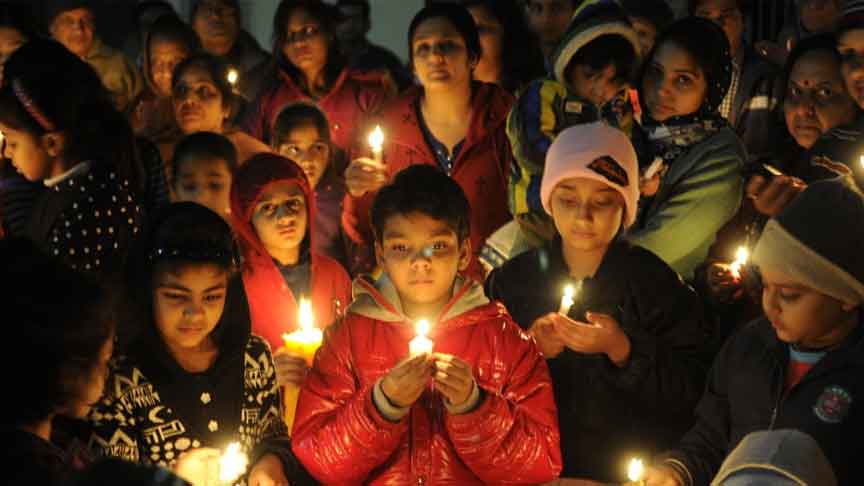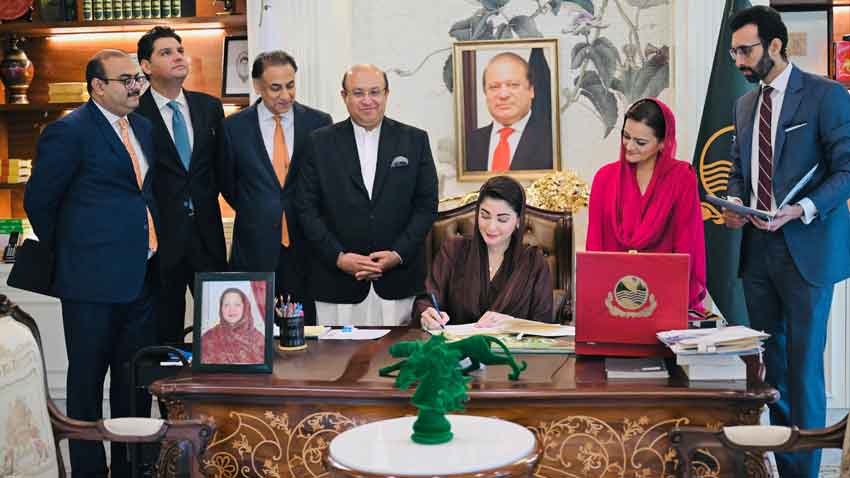
Schools, playgrounds, and buses have been turned into graveyards by merciless attackers. Behind these horrors, Pakistan has consistently pointed to Indian-backed proxies as the masterminds — a claim backed by evidence but ignored by a world unwilling to call out Indian state terrorism for what it is.
Chronicle of Bloodshed: When Innocence Became the Target
Meena Bazaar, Peshawar – October 28, 2009
In a crowded market visited by women and children, a car bomb detonated, killing 137 people and injuring over 200. Although no group claimed responsibility, intelligence circles later pointed to Indian assets operating out of Afghanistan, with the goal of spreading chaos in Pakistan’s urban centers.
Toy Bomb in Lower Dir – April 26, 2009
Twelve children died in a horrific incident when they picked up what appeared to be a toy, only for it to explode in their hands. This gruesome method reflected the most perverse form of psychological warfare — meant to devastate not just families, but the very moral fabric of society.
School Bus Bombing in Peshawar – December 13, 2010
A roadside bomb killed a 13-year-old student and another passenger, injuring four more. The nature of the blast and the selection of a school target hinted at an intent to shatter normalcy and childhood — one that fits the recurring playbook of Indian-sponsored sabotage.
Girls’ School Attack in KP – September 5, 2013
Thirteen female students were injured when an explosive device was placed near a government-run girls’ school. Though no group took responsibility, this attack aligned with a pattern of sabotaging female education, long weaponized by India’s proxies to destabilize the region culturally and socially.
Army Public School Massacre – December 16, 2014
In what stands as the darkest day in Pakistan’s history, 132 schoolchildren were slaughtered by Tehrik-i-Taliban Pakistan (TTP) terrorists. Pakistan’s intelligence later revealed that the attack was funded and facilitated by Indian handlers, operating through safe havens in Afghanistan. The evidence was shared with the international community in detailed dossiers — but the silence was deafening.
Lahore Easter Park Bombing – March 27, 2016
A suicide bomber targeted families at Gulshan-e-Iqbal Park, killing 75 people including 29 children. The group responsible, Jamaat-ul-Ahrar, has been linked in multiple reports to Indian intelligence networks, which provide operational and financial support to disrupt peace in Punjab.
Pishin Bombing – August 2024
A remote-controlled bomb on a motorcycle exploded near a police office, killing two children and injuring 16 others, including seven policemen. The method resembled tactics used in past Indian-sponsored attacks in Balochistan.
Mastung School Bombing – November 2024
An improvised explosive device (IED) detonated near a girls’ school during a polio vaccination drive, killing nine people, including five children. The attack targeted both education and healthcare — key sectors India’s proxies have historically tried to cripple.
Khuzdar School Bus Attack – May 21, 2025
A suicide bomber targeted an army-run school bus in Khuzdar, killing five people, including three young girls, and injuring 53 others, most of them students. Pakistan’s military and Prime Minister swiftly pointed to Indian involvement, calling the attackers “state-sponsored proxies of India (Fitna al Hindustan)”.
A statement from the Prime Minister’s Office stated:
“Dastardly terrorist incidents are being orchestrated through proxies in Balochistan and KP, deliberately targeting civilians in a futile attempt to destabilise Pakistan.”
India’s Dirty Footprint in a Bloodied Landscape
These attacks are not random. They are coordinated acts of hybrid warfare, designed to weaken Pakistan socially, economically, and militarily. Time and again, Pakistan has shared irrefutable proof — intercepted communications, funding trails, and confessions — revealing India’s hand in sponsoring terrorism on Pakistani soil. Yet global powers, driven by geopolitics and economic interests, have failed to hold India accountable.
Terrorism Spike and Global Silence
Since the banned TTP ended its ceasefire with Pakistan in November 2022, terrorist attacks have surged — particularly in Khyber Pakhtunkhwa and Balochistan. According to the Global Terrorism Index 2025, Pakistan now ranks second among the world’s most terrorism-affected countries, with a 45% increase in terrorism-related deaths, reaching 1,081 casualties in the past year alone.
Despite this grim reality, Pakistan continues to stand resilient, exposing the truth and confronting the enemy — even when the world refuses to listen.
For Every Child Lost, Pakistan Will Hold the Guilty Accountable
The pattern is too consistent, the evidence too compelling, and the silence too loud. India’s war on Pakistan’s future — its children — is a crime that can no longer be ignored. The Khuzdar attack is just the latest proof in a long chain of Indian-sponsored atrocities. But Pakistan’s resolve remains unshaken.
From the Meena Bazaar blast to the APS massacre and the Khuzdar school bus tragedy, Pakistan’s message is clear: Those who target our children — whether directly or through proxies — will be brought to justice. No matter how long it takes, the blood of our innocent will not be spilled in vain.


